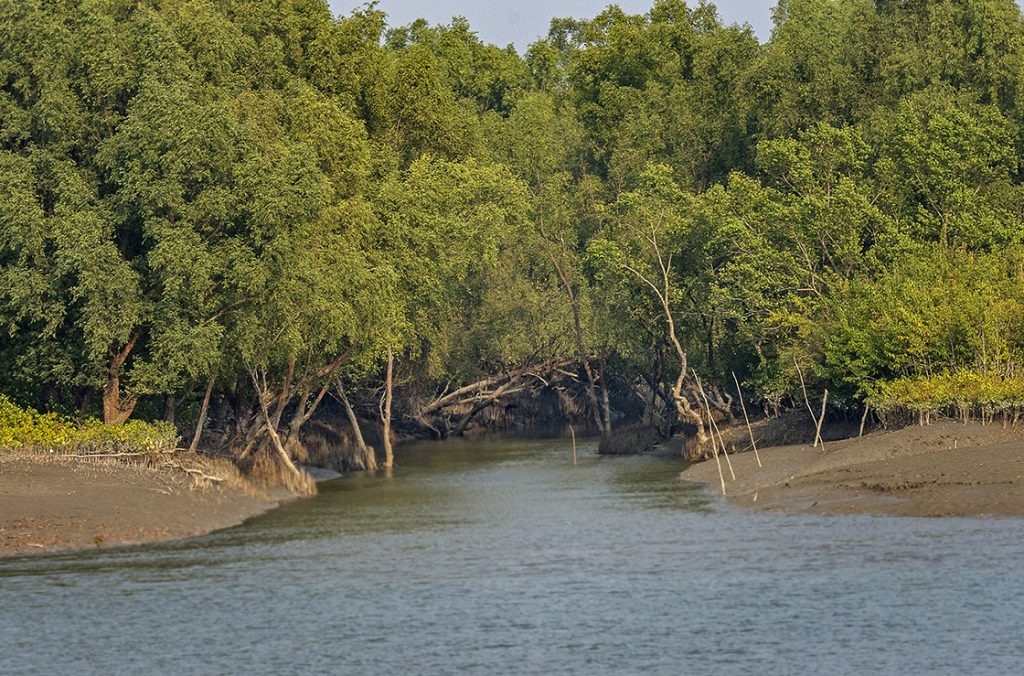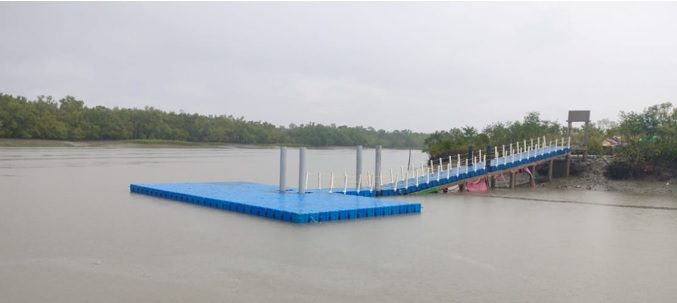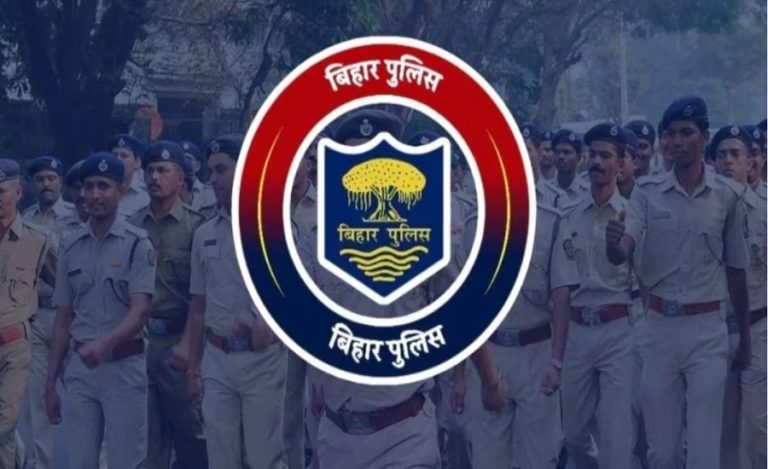In November 2023, ‘Sundarban Mouban Honey’ was awarded the Geographical Indication (GI) tag, a significant achievement for the local honey collectors. This recognition has greatly benefited the community, increasing the price and overall value of the honey while boosting its exposure. The livelihood of those engaged in Mouban Honey beekeeping and harvesting has been profoundly transformed.
A key figure in this success is S. Jones Justin, an Indian Forest Service (IFS) officer from the 2018 batch, who played a pivotal role in securing the GI tag for the honey. His efforts have elevated the value of Mouban Honey and brought considerable economic benefits to the beekeepers.
In addition to his work with honey, IFS Jones has implemented several important initiatives in the Sundarbans. He has taken steps to eliminate plastic use in the region and has introduced the first-ever floating jetty to accommodate high tide conditions. By involving many forest-dependent individuals in the tourism sector, he has improved their livelihoods and contributed to the region’s conservation efforts.
Indian Masterminds recently interviewed Mr. Jones, the deputy field director of Sundarban Tiger Reserve, to gain deeper insights into his initiatives and vision for preserving the Sundarbans’ biodiversity while enhancing the livelihoods of its rural communities.

SUNDARBAN MOUBAN HONEY
The Sundarbans is a vast mangrove forest region located in the delta of the Padma, Brahmaputra, and Meghna rivers, spanning Bangladesh and the Indian state of West Bengal. This unique ecosystem is home to a diverse array of flora and fauna.
Honey harvested from this area is highly prized for its distinctive flavor and medicinal properties, attributed to the region’s specific plants and flowers. The term ‘Mouban’ generally refers to honey sourced from the Sundarbans forest, known for its natural, wild, and unprocessed qualities.

Beekeepers in the Sundarbans collect honey under the supervision of the West Bengal Forest Development Corporation Ltd. (WBFDCL). The honey collectors, commonly known as ‘maula,’ undertake considerable challenges by delving deep into the Sunderbans forest to gather this honey.
When WBFDCL embarked on a mission to secure the Geographical Indication (GI) tag for Sundarbans honey in June 2022, S. Justin Jones played a crucial role.
He managed everything from documentation to promotion, ensuring the process was handled efficiently and effectively. His efforts were instrumental in completing the GI tag application and highlighting the unique qualities of Sundarbans honey.

GI TAG
To secure a GI tag, a comprehensive process must be followed. This includes documenting the traditional knowledge and historical significance of the product, detailing the entire application process, and explaining the benefits of the GI tag. Additionally, the product’s geographical origin and distinctiveness must be clearly outlined.
For Mouban Honey, this process began with a thorough review of its rich history and traditional practices, demonstrating how long the honey has been sought for GI recognition. The application process, which involves a controlled and meticulous approach, was managed expertly by IFS Jones. He played a crucial role in documenting the honey’s unique attributes and overseeing the promotion efforts, working closely with the WBFDCL.
The WBFDCL undertook extensive processing to meet the necessary standards, with Jones providing critical support throughout this phase. The efforts culminated in the successful receipt of the GI tag for Sundarbans Mouban Honey in November 2023.

BENEFITING COMMUNITY
Since receiving the GI tag, honey collectors in the Sundarbans have experienced significant benefits. The Minimum Support Price (MSP) for the honey has increased, with two grades now available: one at ₹275 per kilogram and the other at ₹250 per kilogram. The forest department is also planning a rebranding initiative that will emphasize the GI tag and highlight the honey’s unique qualities.
Mr Jones said, “This rebranding will not only enhance the product’s market value but also increase the profit per unit effort, directly benefiting the honey collectors and improving their livelihoods. Sundarbans honey is prized for being extracted directly from the forest, and with the GI tag, its market value has been further elevated.”
The Sundarbans produce an average of 20 tonnes of honey annually, and approximately 400 families rely on this honey for their livelihood. The honey collection occurs only during two months each year, in April and May. After collection, WBFDCL purchases the honey from collectors at the MSP, followed by processing, packaging, and selling.

STOPPING USE OF PLASTIC & MAINTAINING BIODIVERSITY
The rise in tourism has also led to an increase in plastic waste, posing a threat to the area’s biodiversity. In response, a phased ban on single-use plastics has been introduced, and a solid waste management facility is being continuously expanded. Efforts are underway to promote eco-friendly alternatives, such as paper cups, plates, and glasses. Local communities are being trained in producing these items, creating income opportunities while benefiting the environment.
Jones highlights the success of these initiatives, stating, “This year, single-use plastic has almost been eliminated. To replace water bottles, all boats now provide water, and we use disposable paper products instead.”

THE FIRST-EVER JETTY
According to IFS Jones, tourist arrivals in the Sundarbans have surged by 150% over the past three years, significantly impacting the local economy. As a result, residents who previously relied solely on forest resources are now increasingly engaging in the tourism sector. However, this influx of tourists has strained the existing jetties, which proved inadequate for managing the increased traffic.
To address this, a groundbreaking solution was implemented: the first-ever floating jetty in the Sundarbans. Designed to accommodate the region’s high tidal range, this jetty can dock and undock numerous boats efficiently. Due to the unique tidal conditions in the Sundarbans, such a jetty had never been used before. Jones notes that this floating jetty is a world first and represents a major innovation in infrastructure.
Mr Jones said, “Another similar jetty is currently under construction, further enhancing the tourist experience by reducing wait times and improving accessibility.”






























